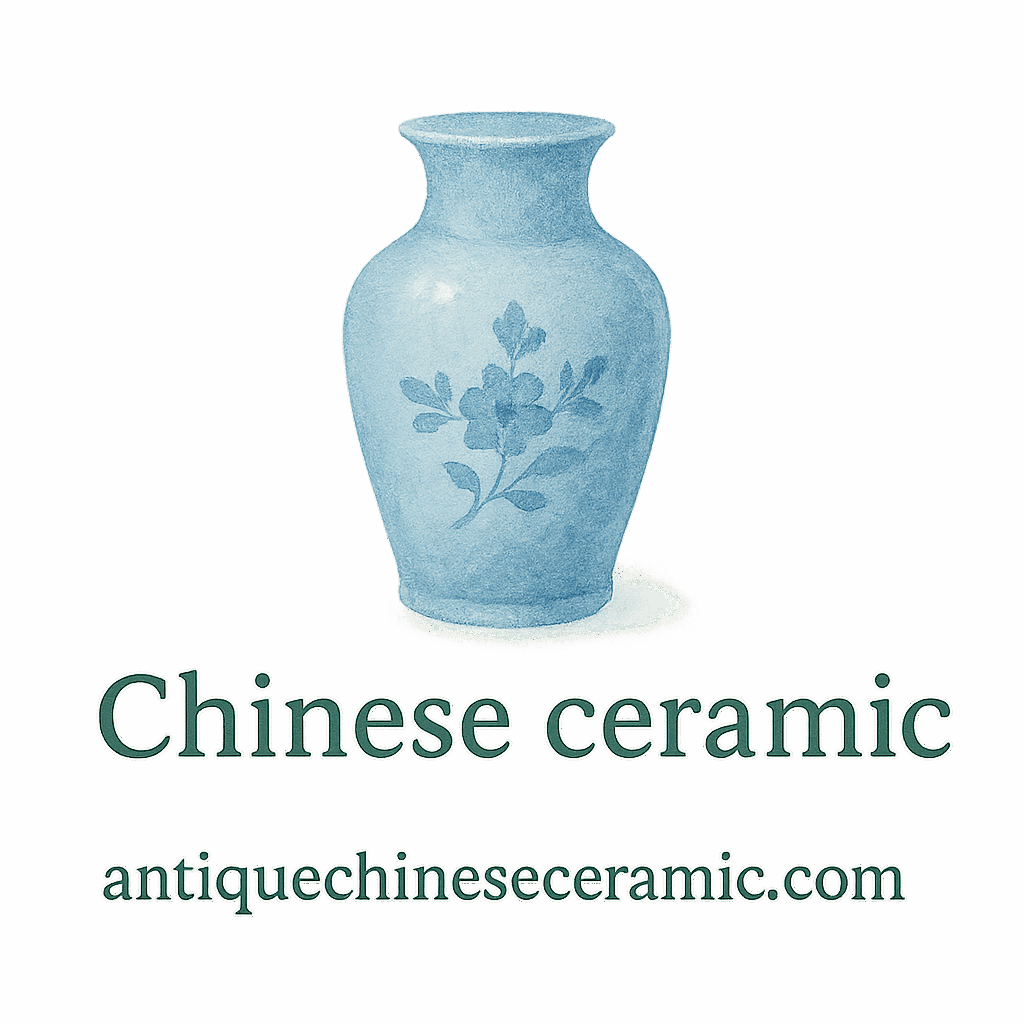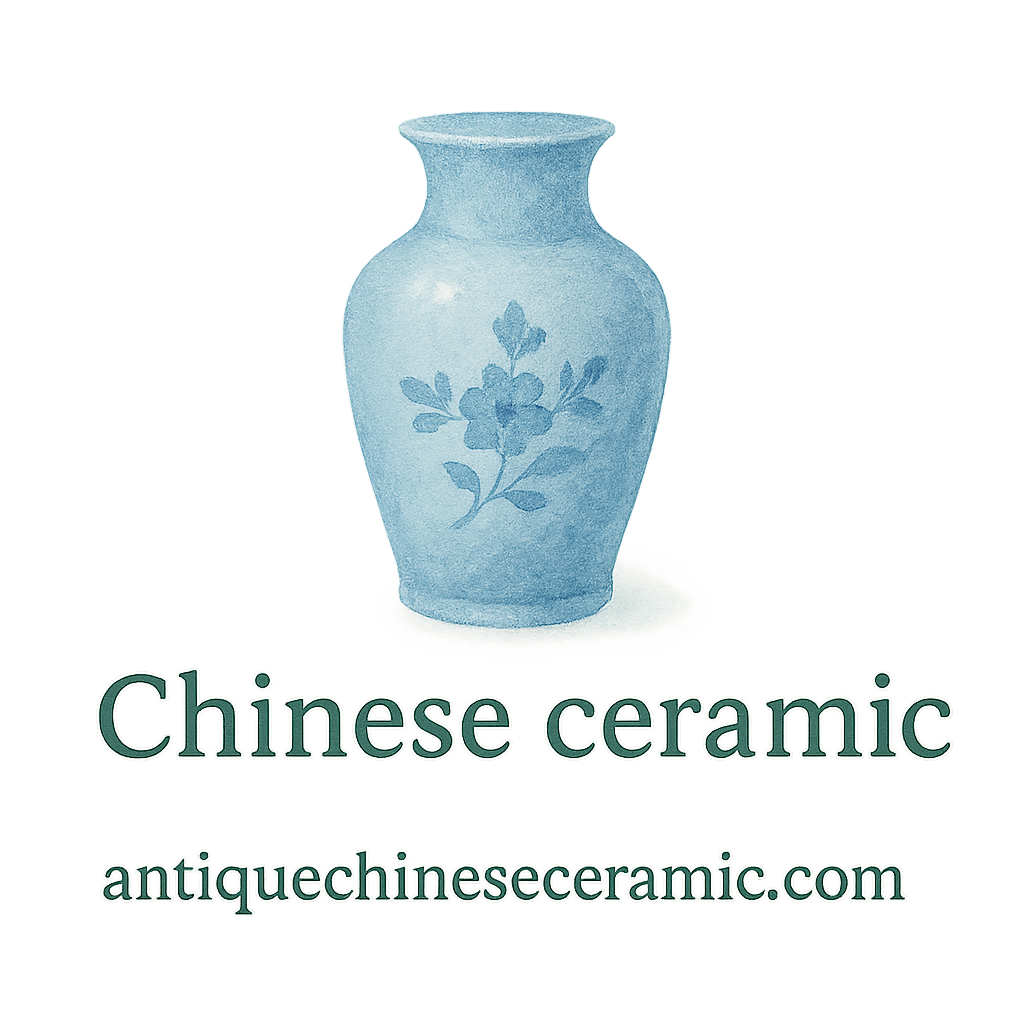Introduction to Antique Chinese Ceramics
If you’ve ever been enchanted by a hand-painted porcelain vase or a celadon bowl with mysterious green glaze, you’re not alone. The world of antique ceramic collecting—especially those from ancient China—is full of wonder, history, and artistic mastery. From imperial courts to rural kilns, these pieces tell stories that span centuries.
Why Antique Ceramics from China Are So Valuable
Timeless Craftsmanship
Each piece of antique ceramic from China represents a blend of artistic skill and cultural identity. Ancient Chinese artisans used locally sourced materials and hand-formulated glazes to produce wares that were not only functional but often spiritual in design.
Historical Significance
Many ceramics were created for emperors, used in rituals, or traded along the Silk Road. This connection to important historical timelines and dynasties boosts their value dramatically. Learn more about these stories on our history page and dynasties tag.
How to Identify Authentic Antique Ceramics
Hallmarks of Genuine Pieces
Authentic antique ceramics usually show signs of age—natural wear, glaze thinning, and characteristic imperfections from traditional firing methods. Visit our identification guide to get deeper insights.
Spotting Reproductions
Modern replicas often use synthetic paints and mass production techniques. They lack the subtle nuances that define genuine Chinese ceramics. You can also check out our methods tag for traditional techniques used.
12 Rare Antique Ceramic Types You Should Know
1. Tang Sancai Ceramics
Unique Features and Colors
Known for their tri-colored glazes (usually green, amber, and cream), Tang Sancai wares date back to the 7th–10th centuries. These ceramics were often buried in tombs, symbolizing protection and wealth in the afterlife.
Explore more Tang-era styles through our timeline tag.
2. Song Dynasty Ding Ware
Pure Elegance in Ivory Glaze
Ding ware is celebrated for its ivory-white glaze and delicate carvings. Used mostly for the imperial family, it was thin and light—almost like porcelain before porcelain.
Check related insights under our heritage tag.
3. Jun Ware from the Northern Song Dynasty
Lavender, Blues, and Magical Glazes
With thick, opalescent glazes and dreamy purples and blues, Jun ware pieces are breathtaking. No two are alike due to the kiln process.
Find more examples of these types on our collecting page and collecting tag.

4. Longquan Celadon
The Green That Became Royal
These ceramics boast a jade-like glaze and are among the most popular in the world. Longquan celadons were exported far and wide—becoming a cultural ambassador for China.
5. Cizhou Ware
The Everyday Artistry
Unlike most imperial ceramics, Cizhou wares were made for the general public. They’re known for their bold brushwork and black-and-white contrast.
Want more everyday ceramics? Visit our containers tag.
6. Qingbai Porcelain
Delicate Beauty from the Song Era
Translucent and often bluish-white, Qingbai porcelain was widely admired for its refined beauty and simplicity.
Check our surface tag to learn how these textures have stood the test of time.
7. Ming Dynasty Blue and White Porcelain
The Icon of Antique Chinese Ceramics
Perhaps the most famous of all, these pieces feature cobalt blue designs on a white base. They were so prized they became currency in international trade.
We’ve covered its auction success under our auction tag.
8. Famille Verte Porcelain
Colorful Expressions of the Qing Period
These vivid green and red pieces are a feast for the eyes. Their scenes often include dragons, flowers, and court life.
Explore more under our ceramic tag and chinese tag.
9. Famille Rose Porcelain
The Queen of Chinese Porcelain Art
Famous for its soft pink tones and exquisite detail, Famille Rose pieces from the Qing Dynasty are collector favorites.
View similar high-quality items through our quality tag.
10. Ge Ware
The Mystery Behind the Cracks
Ge ware is renowned for its double crackle glaze, which forms intricate patterns across the surface. These “cracks” were intentional and added a mystical quality.
Explore more about how these are preserved in our care and preservation section and preservation tag.
11. Guan Ware
Imperial Exclusivity
Made exclusively for the royal family, Guan ware features a bluish-green glaze and was produced in official government kilns.
Want to understand imperial usage? Dive into our houses tag.
12. Yaozhou Ware
Carved Elegance with Green Tint
Yaozhou ware often features floral carvings beneath a glossy green glaze. It was admired during the Tang and Song dynasties for its artistic carvings.
Caring for Your Antique Ceramic Collection
Cleaning and Storage Tips
Antique ceramics require gentle cleaning. Use a soft brush and distilled water. Avoid harsh chemicals or placing them in dishwashers.
Explore our in-depth cleaning tag for more.
Preserving Surface and Quality
Always keep ceramics away from direct sunlight and fluctuating temperatures. Regular inspections help maintain safety and surface integrity.
Evaluating and Appraising Antique Ceramics
How Valuation Works
Valuation considers age, rarity, condition, and provenance. Certified appraisals from reputable sources are a must.
Our valuation page and appraisal tag offer detailed guidance.
Auctions vs. Private Sales
Auctions provide market-driven prices but can be unpredictable. Private sales offer discretion and negotiation.
Explore auction trends under our auction tag.
Conclusion
Chinese antique ceramics are more than collectibles—they’re tangible pieces of history. Whether it’s the bold brushwork of Cizhou or the mystique of Ge ware’s crackle glaze, these pieces tell stories that still speak today. By understanding how to identify, preserve, and appraise them, you’re not just collecting art—you’re preserving a legacy.
Want to dive deeper? Visit antiquechineseceramic.com for expert guides and insights.
FAQs
1. What makes a Chinese ceramic “antique”?
An item is generally considered antique if it’s over 100 years old. Age, craftsmanship, and historical significance matter most.
2. Are all antique ceramics made of porcelain?
Not always. While many prized items are porcelain, some antique ceramics use stoneware or earthenware.
3. How can I safely display antique ceramics at home?
Use padded mounts or enclosed glass displays, away from heat and direct sunlight.
4. Where can I get my antique ceramic appraised?
Start with reputable online platforms or local antique dealers. Check our appraisal tag for expert help.
5. Can damaged ceramics still hold value?
Yes, depending on rarity and significance. However, condition does affect overall valuation.
6. What are some beginner-friendly antique ceramic types?
Look into Cizhou ware or Qingbai porcelain. They’re beautiful and relatively more accessible.
7. How do I know if a ceramic is from the Song Dynasty?
Look for key features like glaze color, carvings, and kiln marks. Visit our identification page for visual guides.


